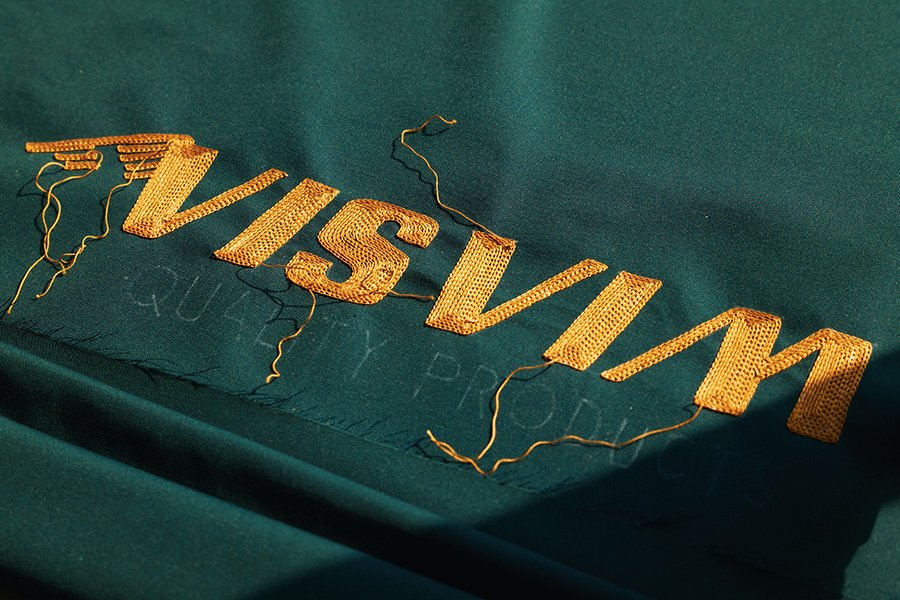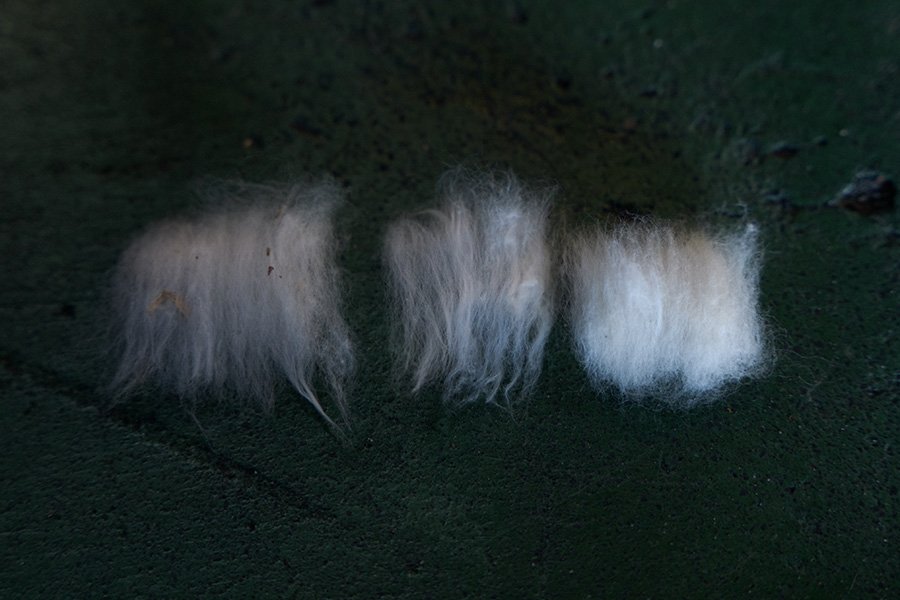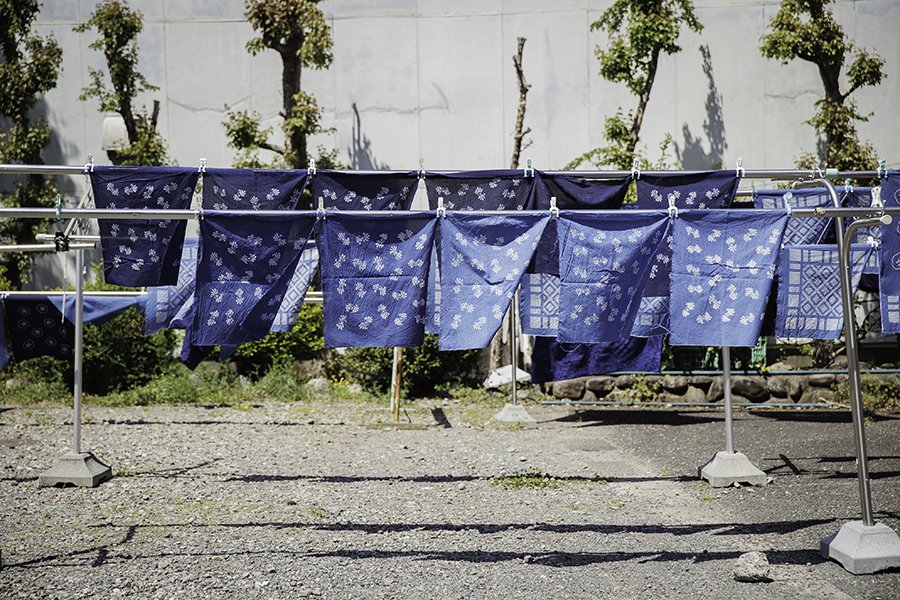Dissertation
Embroidery
Freehand machine embroidery is a unique Japanese technique practiced by seasoned artisans that lets one create embroideries directly onto the fabric while portraying a design as if you were drawing a picture aided by the use of a horizontal sewing machine where the needles moves left and right.
| Category: | Processing |
|---|
| Date: | 2017.03.14 |
|---|
| Tags: | #embroidery #visvim |
|---|

Freehand Machine Embroidery
Freehand machine embroidery is a unique Japanese technique practiced by seasoned artisans that lets one create embroideries directly onto the fabric while portraying a design as if you were drawing a picture aided by the use of a horizontal sewing machine where the needles moves left and right. Today, when we think about embroideries, the popular method is to program the design and use a sewing machine that will automatically sew a design onto the fabric, but there are minute details and subtle expressions that can only be achieved with freehand machine embroidery.



Freehand machine embroidery was often used on Japanese garments, but it is also used to sew patterns and names on smaller production runs. This method does not require the creation of data to be used with computerized sewing machines or templates that control the pattern when using a Jacquard loom, so its periodically used when making preproduction samples that incorporate any kind of embroidery.



Mastering the controls of a horizontal sewing machine requires an immense amount of technique. The width of the swing thread can be adjusted by pressing the lever under the worktable with your right knee while the speed of the sewing machine can be adjusted depending on how hard you press the foot pedal. In addition, you can create the embroidered patterns by moving the fabric vertically and horizontally while holding it down with your finger. Conducting all three manuveurs simultaneously requires experience and techniques cultivated over many years of practice.



Reproducing freehand machine embroidery techniques with a computerized sewing machine by calculating and digitizing information such as the way the needle pierces, the direction of the yarn, the density of the yarn, and the shrinking of the yarn that changes due to the quality of the yarn; accounting for all these factors is not an easy task. The experience and awareness of the craftsmen who spends years creating embroideries directly onto fabrics by hand helps create body and texture in the embroidery work that is unique to the freehand machine technique.
Today, the number of craftsmen who can handle a freehand machine, as well as the number of machines themselves have diminished significantly, and these techniques linked to freehand embroidery created in Japan are becoming a rarity.










